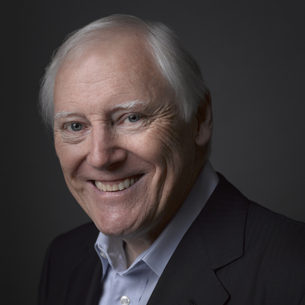Why Use Belbin?
From boardrooms to project teams, Belbin turns human dynamics into a strategic advantage.
Belbin® provides a practical, research-backed way to improve how people work together. By analyzing both self-perception and feedback from colleagues, Belbin reveals the behavioral strengths individuals bring to a team—and how those strengths combine to influence collaboration, communication, and results. Organizations use Belbin to build balanced teams, strengthen trust, and achieve measurable improvements in performance and engagement.
Effective Team Work Is Essential To Achieving Superior Business Performance
- Potentially destructive “us and them” attitudes—especially among multiple teams working on large projects
- Delayed projects and product launches, diminishing your competitive edge in a rapidly changing marketplace
- An inability to work around cultural and geographic barriers in an increasingly global economy
- Ineffective use of time, as senior managers play referee—sorting out interpersonal issues instead of ensuring deliverable quality and timely project completion
So why Belbin? We help industry-leading organizations establish sound leadership and create stronger, more effective teams. Belbin Team Roles have enabled thousands of individuals and companies worldwide to:
- Build productive working relationships
- Select and develop high-performing teams
- Raise self-awareness and personal effectiveness
- Aid recruitment processes
How does it work?
- Collects self and observer feedback
- Compiles the information in a Belbin Report, which educates people about their strengths and weaknesses related to nine main Team Roles
- Facilitates teams using this information to help team members play to their strengths and manage their weaknesses
- Allows for improved communication, working relationships and performance
- Offers eLearning for more in-depth understanding
Who uses Belbin Team Roles?
- Individuals who want to become more self-aware about the contributions they make to a team and where they could improve
- Teams who wish to identify their strengths and weaknesses, to become more effective and achieve better business results
- Trainers, consultants, managers and organizations who want to get the most out of their people and create a collaborative, communicative culture
Our clients include: Best Buy, Wells Fargo and Harvard T.H. Chan School of Public Health.
Why Belbin over other approaches?
The Belbin Team Role analysis is a behavioral assessment rather than a personality or psychometric one.
Personality is unlikely to change, so to get individuals and teams working more effectively, we need to focus on the point where changes can be made: our behaviors.
Instead of only self-reporting, Belbin assessments also use 360° feedback to give people an accurate idea of how they fit into a team.
Data can be used on an individual or team basis, to support better business results.
How Can I Use Belbin?
- Through individual Belbin reports, either as Full Service or DIY (for a large number of reports, volume discounts are available).
- Through team reports and Team Collaboration Mapping, to put the individual reports in a more useful context and boost team efficiency.
- Through Belbin workshops and webinars, so you can maximize use of Belbin in your organization.
- Through eLearning, to help you master Belbin Team Roles.
Trusted by the Teams Who Can’t Afford to Miss
Belbin has been trusted by global organizations for over 35 years—including Fortune 1000 companies who know performance isn’t about personality, it’s about team chemistry.
It’s not just theory—it’s the Gold Standard in team dynamics.
“Belbin gave us a framework we didn’t even know we needed. It changed how we collaborate.”
— Director, Global Strategy, Pharmaceutical Company
See the Team You Have. Build the Team You Need.
Curious how your team would map out? Let’s walk you through it.
In just one session, we’ll show you how a Belbin assessment works, what your Team Collaboration Map could look like, and how we help close the Interaction Gap—without personality labels, fluff, or guesswork.
Let’s start with a conversation.


